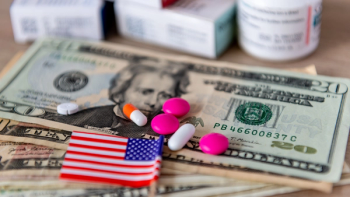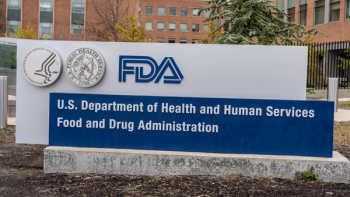
The Long Tail: Behind This Year's Pharm Exec 50
Therapeutic specialization, competitive differentiation, and a finely-tailored value proposition are creating a new drug world of bespoke market niches-and infinite future possibilities for the best of this year’s Pharma 50.
Therapeutic specialization, competitive differentiation, and a finely-tailored value proposition are creating a new drug world of bespoke market niches-and infinite future possibilities for the best of this year’s Pharma 50.
William Looney
The vigorous return of M&A activity to biopharmaceuticals this year brings us back to the question that industry strategists have been posing for years: is more size and scalable efficiencies the best solution to the declining market power of pharmaceuticals in an endlessly restructuring healthcare system? Anecdotal evidence combined with some discomfiting statistics on pipeline productivity among the biggest M&A combinations of the past 15 years suggests that the answer is no-and the latest annual iteration of our Pharma 50 rankings bears this out.
That’s because Pfizer, the one company most associated with the “mega merger” strategy, has ceded its position at the very top of our list for the first time since 2002. It traded places with last year’s number two, Novartis, whose management recently made the switch from broad diversification to a “grow to get small” strategy that eschews the blockbuster model for the development of numerous drugs for smaller target populations-and where specialization around science and unmet medical need is more determinative than market size and reach. Equally indicative is the steady ascent of Roche, to third place from fifth last year, as its single-minded focus on oncology and the diagnostics that deliver evidence to prove value continues to make inroads with payers and patients alike.
Bolstering the thesis even further is the continued strong performance of those companies with an unambiguous commitment to the hot specialty segment. Gilead, for example, moves up in our ranks to 18th in sales from 23rd in 2010, while Biogen Idec jumped from the 36th spot to 27th over the same period. Likewise, Celgene has soared to 26th from its lowly 41st place just four years ago.
In fact, one of the clearest indicators of success on the sales front is leadership in biologics and specialty drugs, where the ability to address an underserved patient segment with permeable price points is producing a bumper crop of “mini-blockbusters” with long-staying power and the scientific bona fides needed to seed multiple additional indications. It’s one reason why we decided, as a backdrop to this year’s list, to ask our colleagues at the IMS Institute for Health Informatics to take the microscope to this segment to analyze just how much longer these good times have to run, particularly as the market for specialty goes global.
One final observation: applying the size and scale measure to R&D offers little comfort concerning the crucial financial relationship between an enterprise’s draught weight and returns on every dollar invested in new drug development. The top 10 revenue producers on this year’s list spent more than $60 billion on R&D, yet most of the more interesting new therapies continue to spring from the middle-range of companies, below the top rank. And the resource gap is stark.
Our one new entrant to the Pharma 50 this year, South Africa’s Aspen Pharmacare, managed to rack up just south of $3 billion in global sales, mostly in hotly contested emerging country markets, while spending a trifling $1.6 million on new drug R&D-approximately the same as what our top-of-the-league player, Novartis, spends every 90 minutes, every day of the year. All you sizeocrats and scaleanistas take note: Could it really be how you spend that counts?
To see a slide show of Pharm Exec’s Top 50 Pharma 50 companies,
Newsletter
Lead with insight with the Pharmaceutical Executive newsletter, featuring strategic analysis, leadership trends, and market intelligence for biopharma decision-makers.





